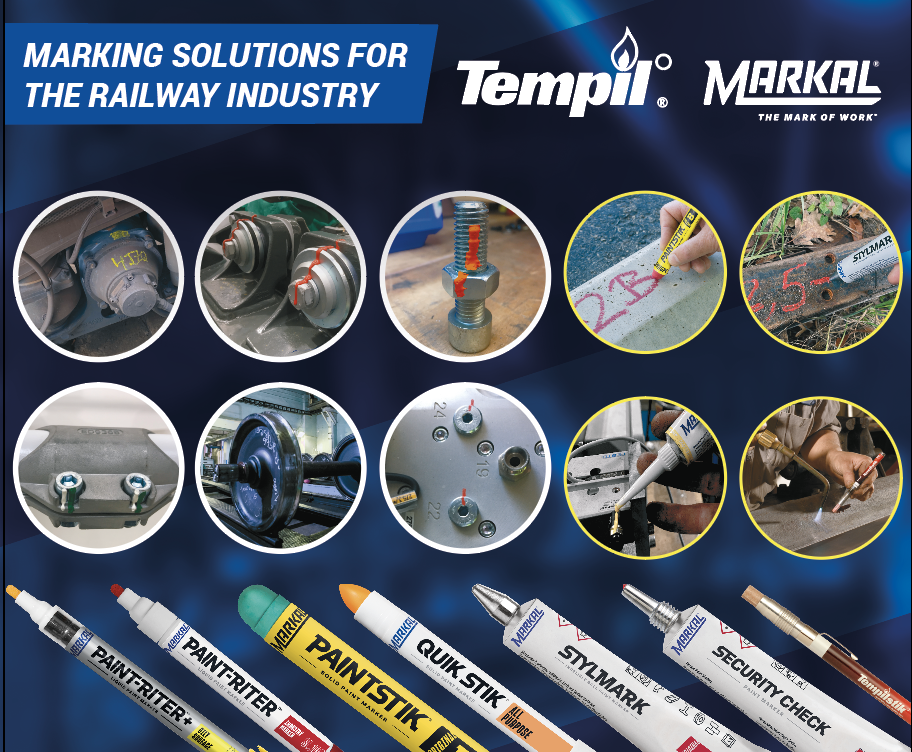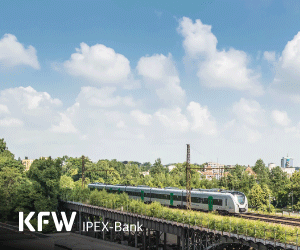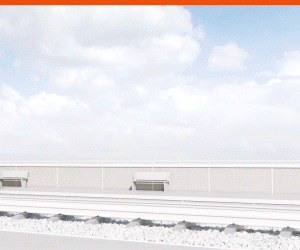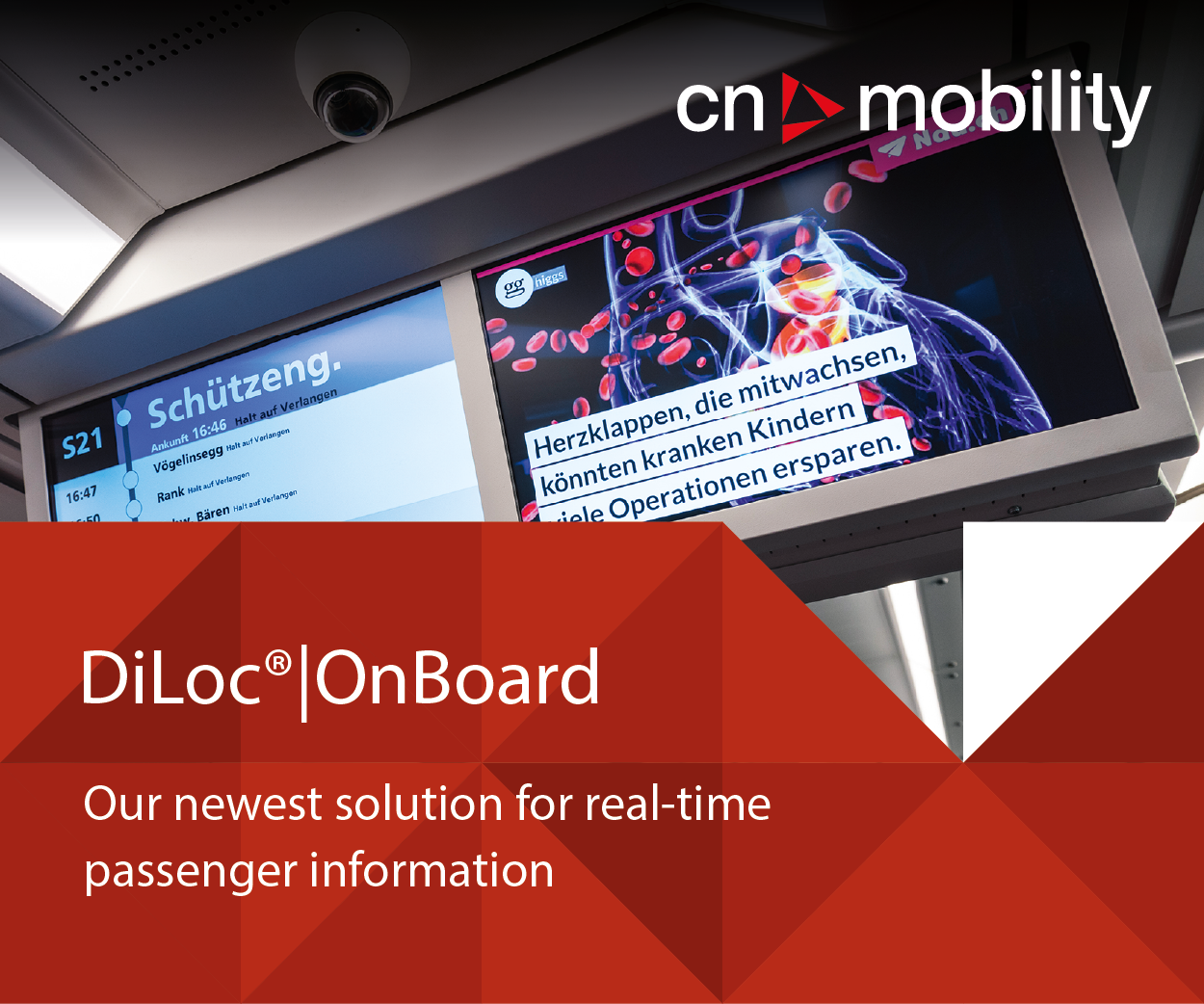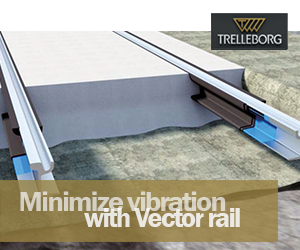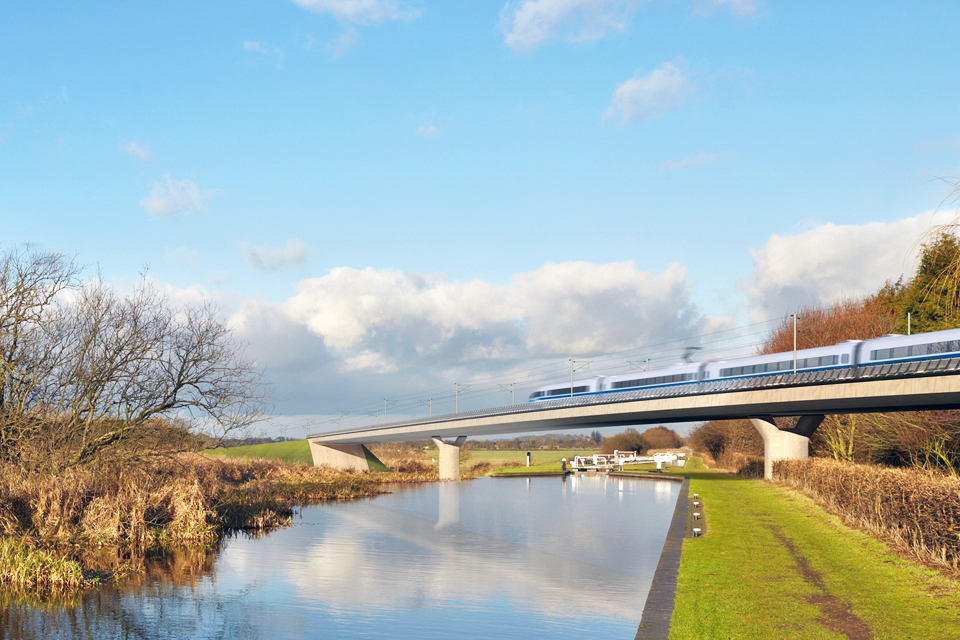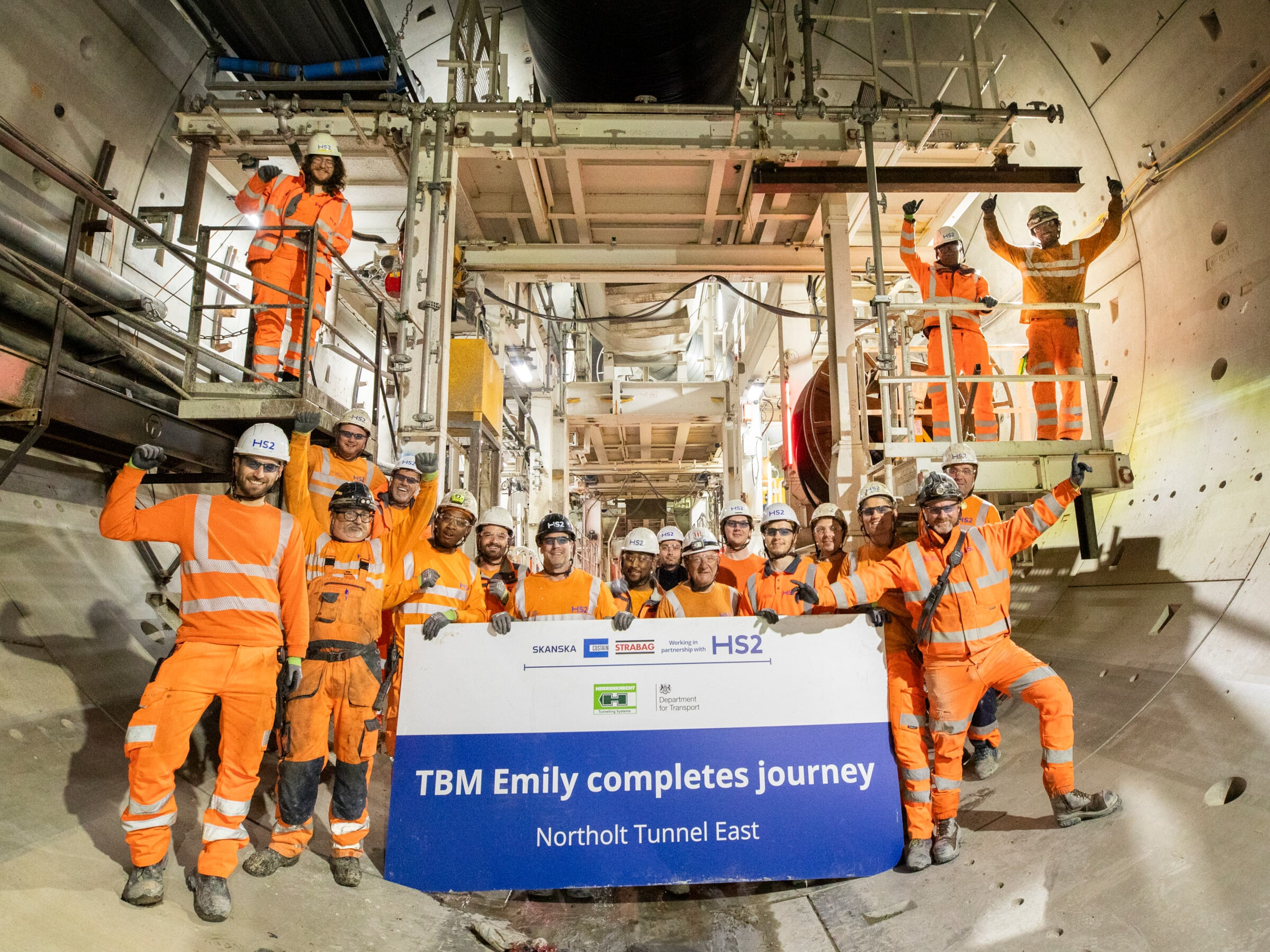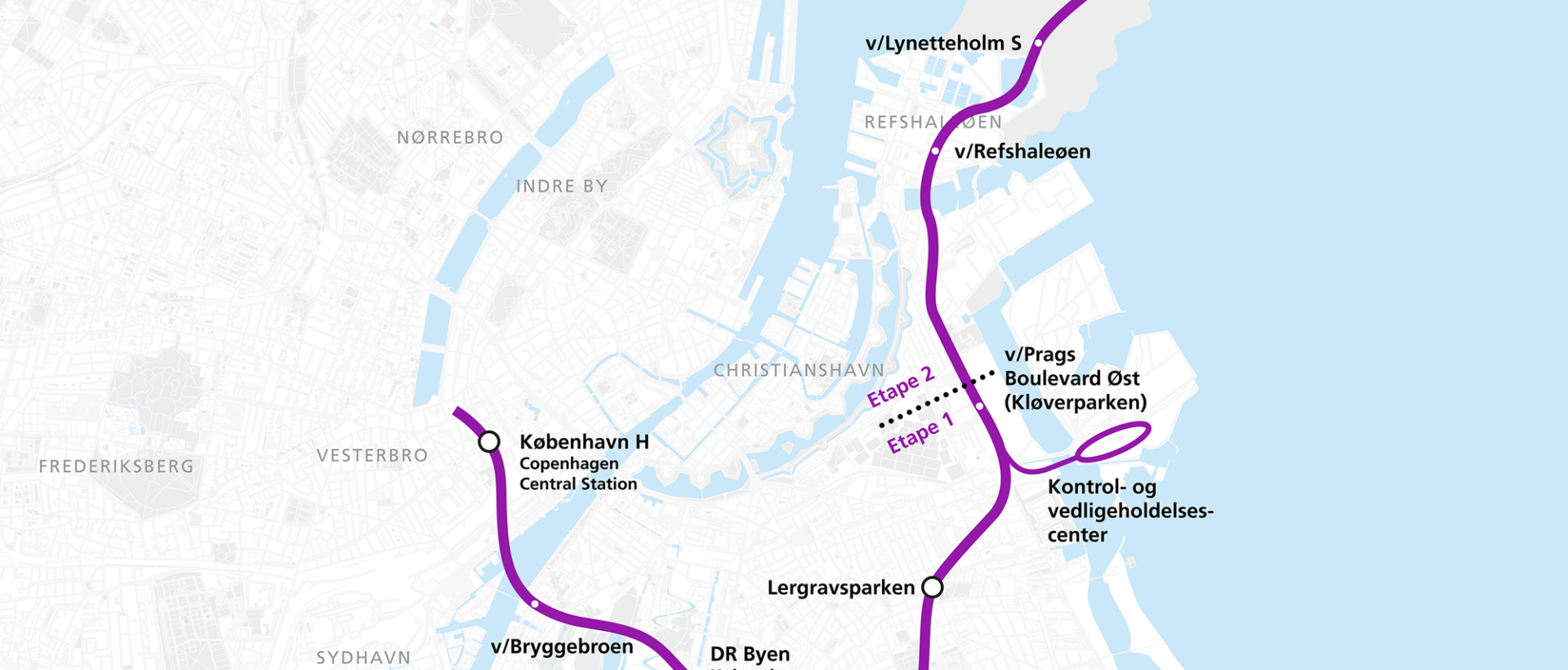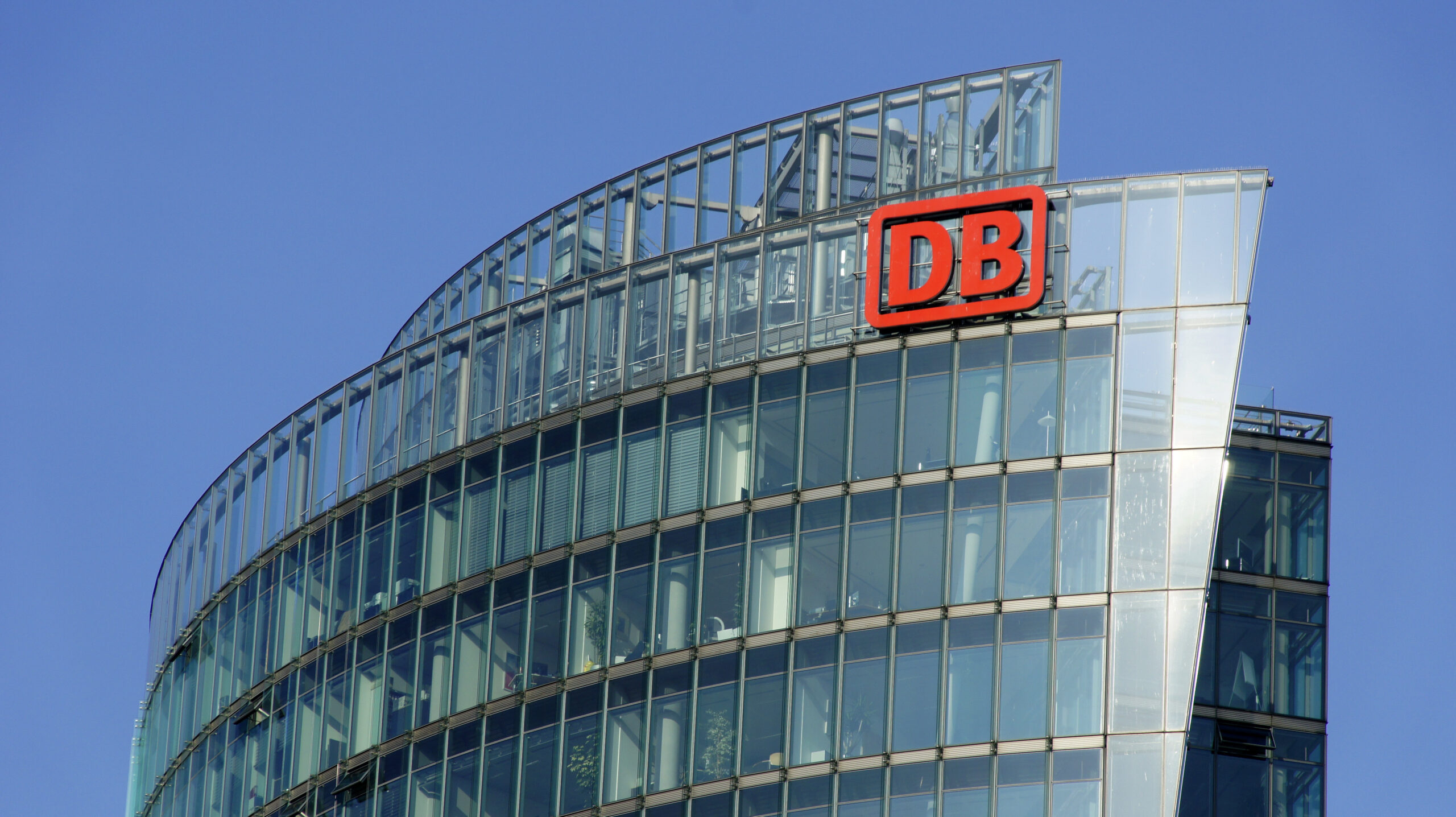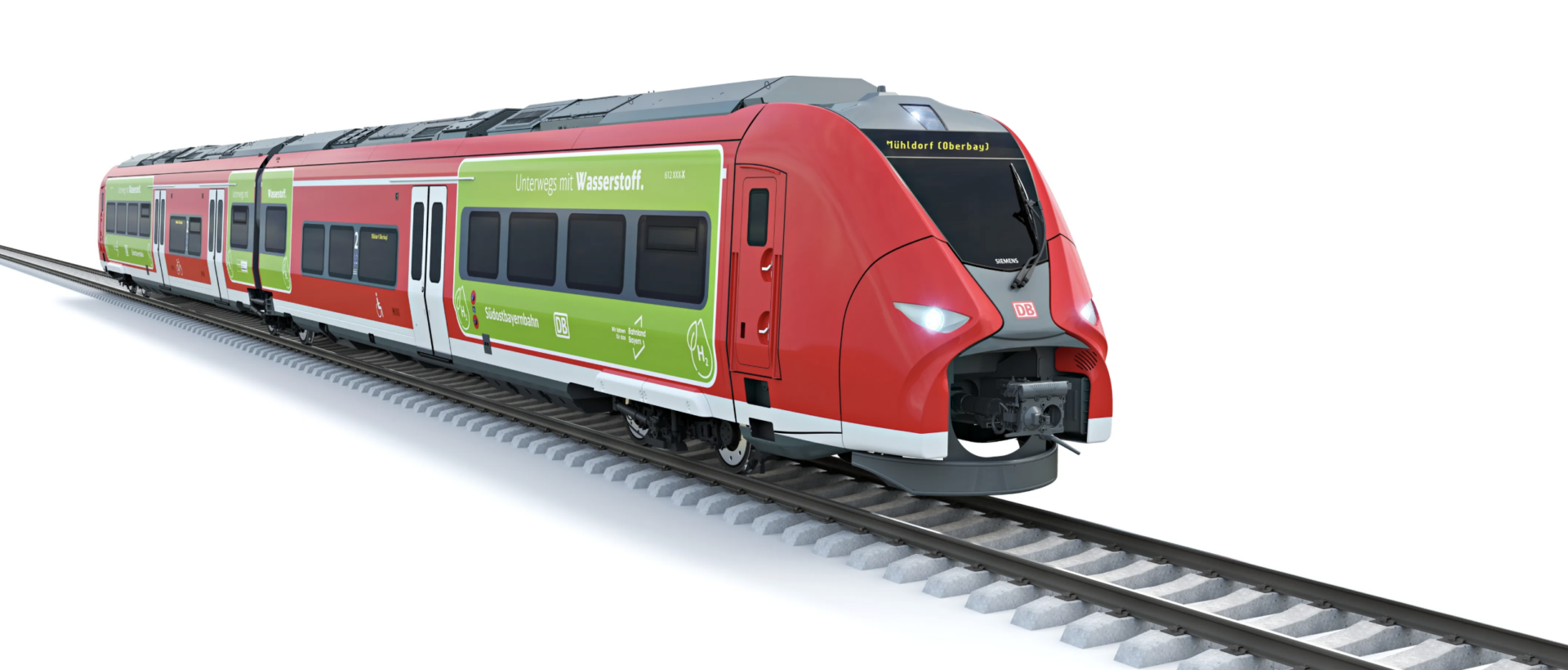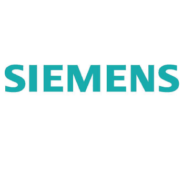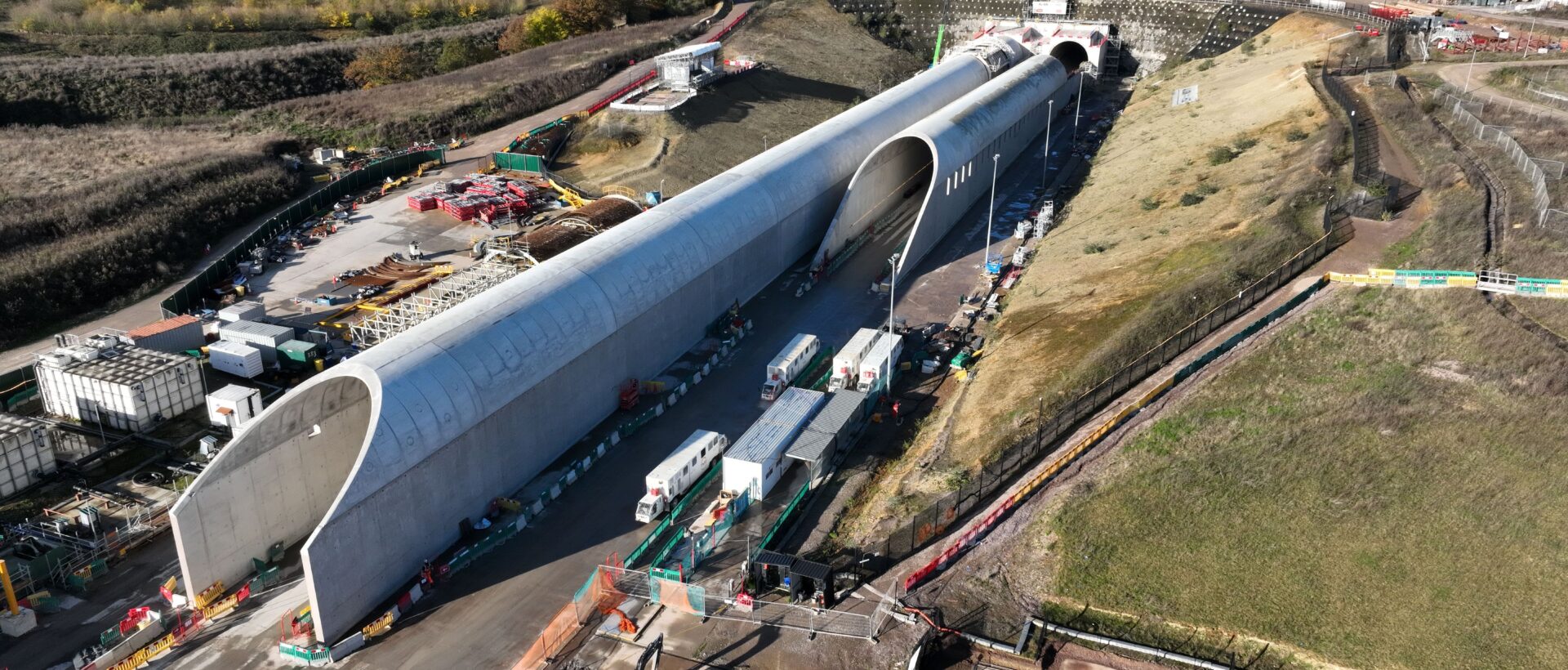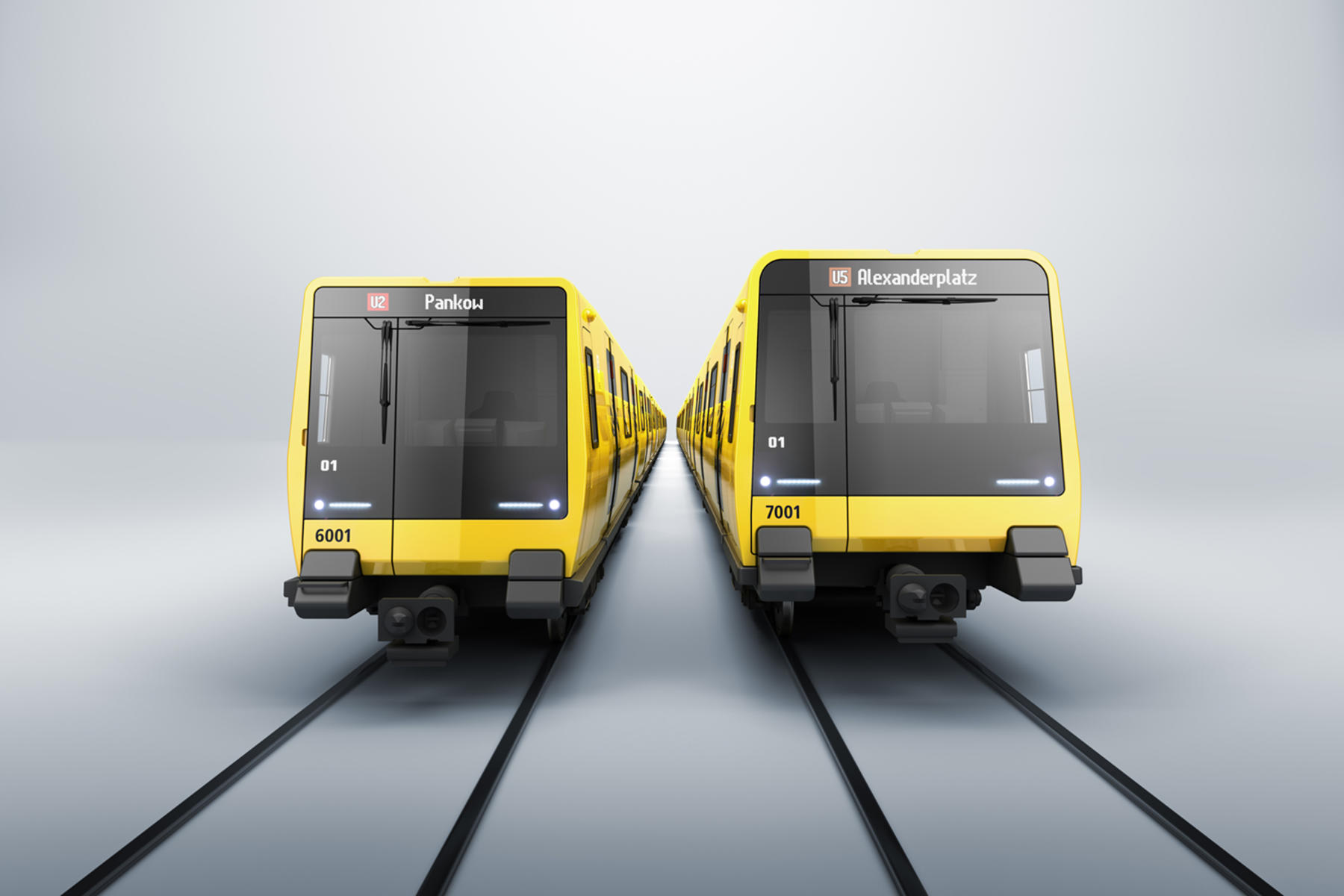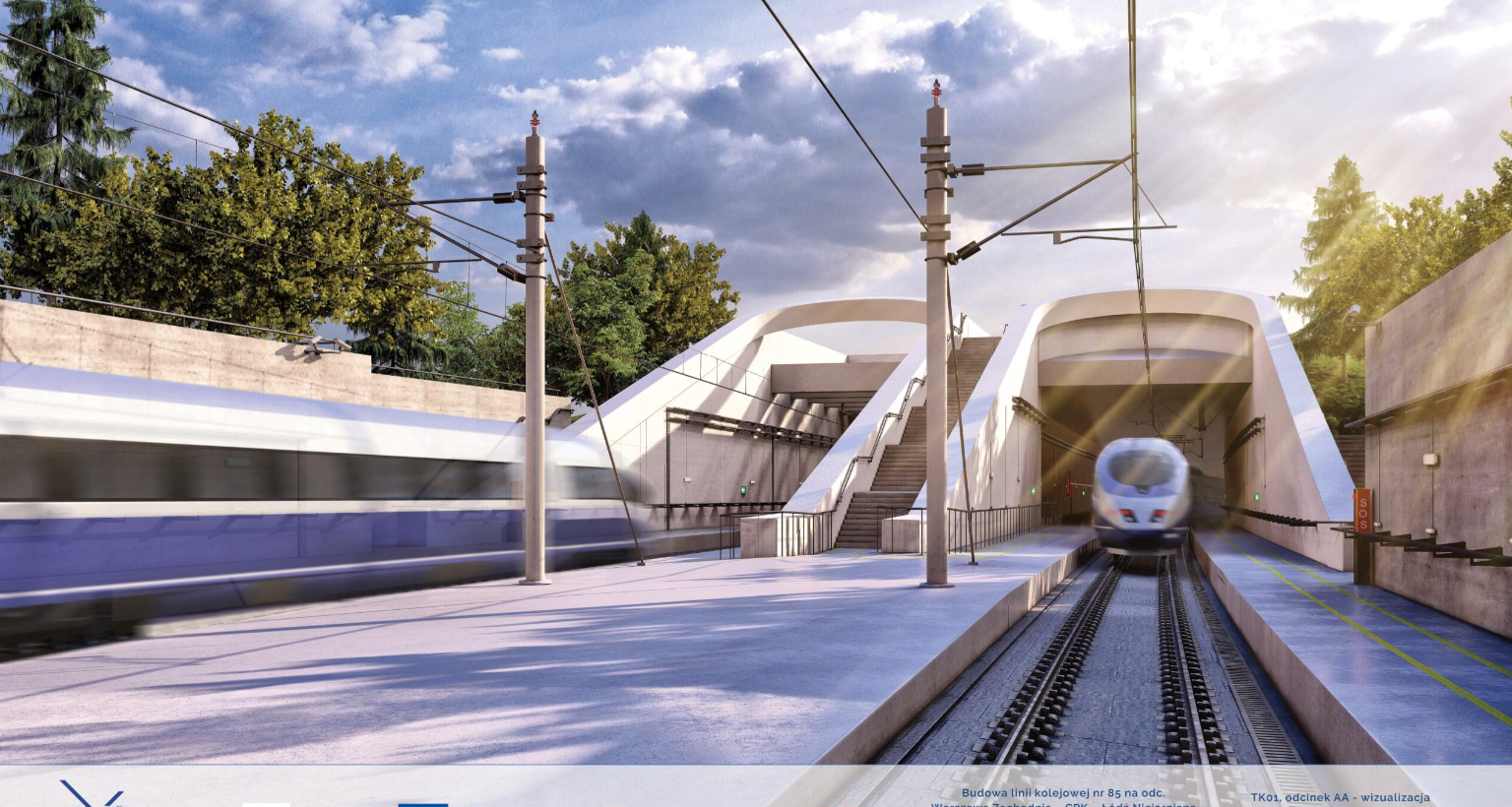At the Train & Rail event in Stockholm, Kirsten Margrethe Christensen of Femern A/S presented an update on the Fehmarnbelt Fixed Link, an infrastructure project currently under construction between Denmark and Germany.
The 18-kilometre undersea tunnel, which began construction in 2020, is a significant undertaking designed to improve cross-border mobility and increase rail capacity between Scandinavia and continental Europe.
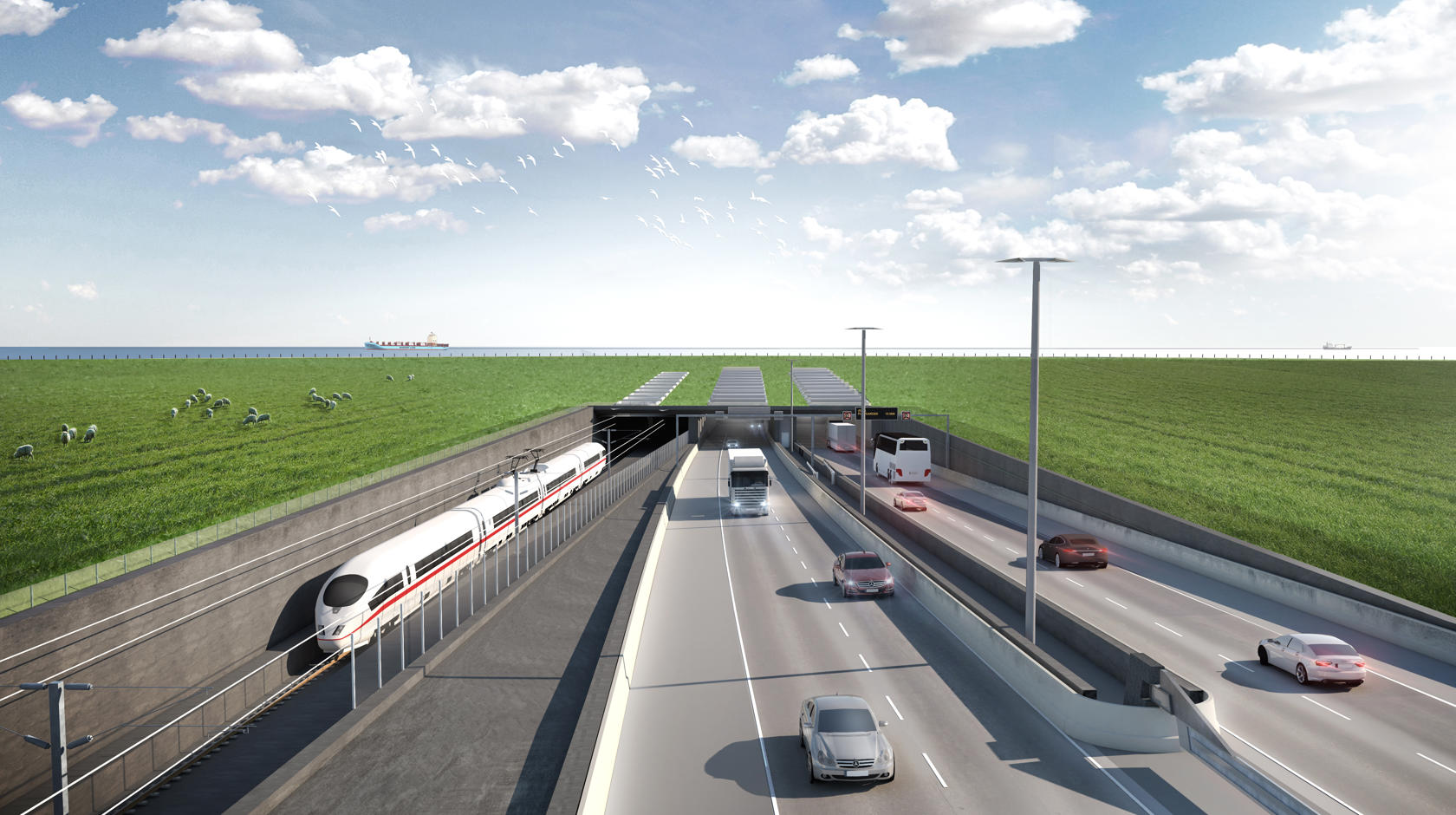
In her presentation, Christensen outlined the expected benefits of the connection, as once operational, it will significantly reduce travel times between the nations. Currently, a ferry between Rødbyhavn and Puttgarden takes approximately 1 hour, but will be reduced to just 7 minutes by train. Meanwhile, passenger rail travel time between Copenhagen and Hamburg will reduce from approximately five hours to two and a half hours.
Freight services will also benefit, with the new route shortening the rail distance by about 160 kilometres. These improvements are intended to enhance the competitiveness of rail over other modes of transport, particularly short-haul air travel.
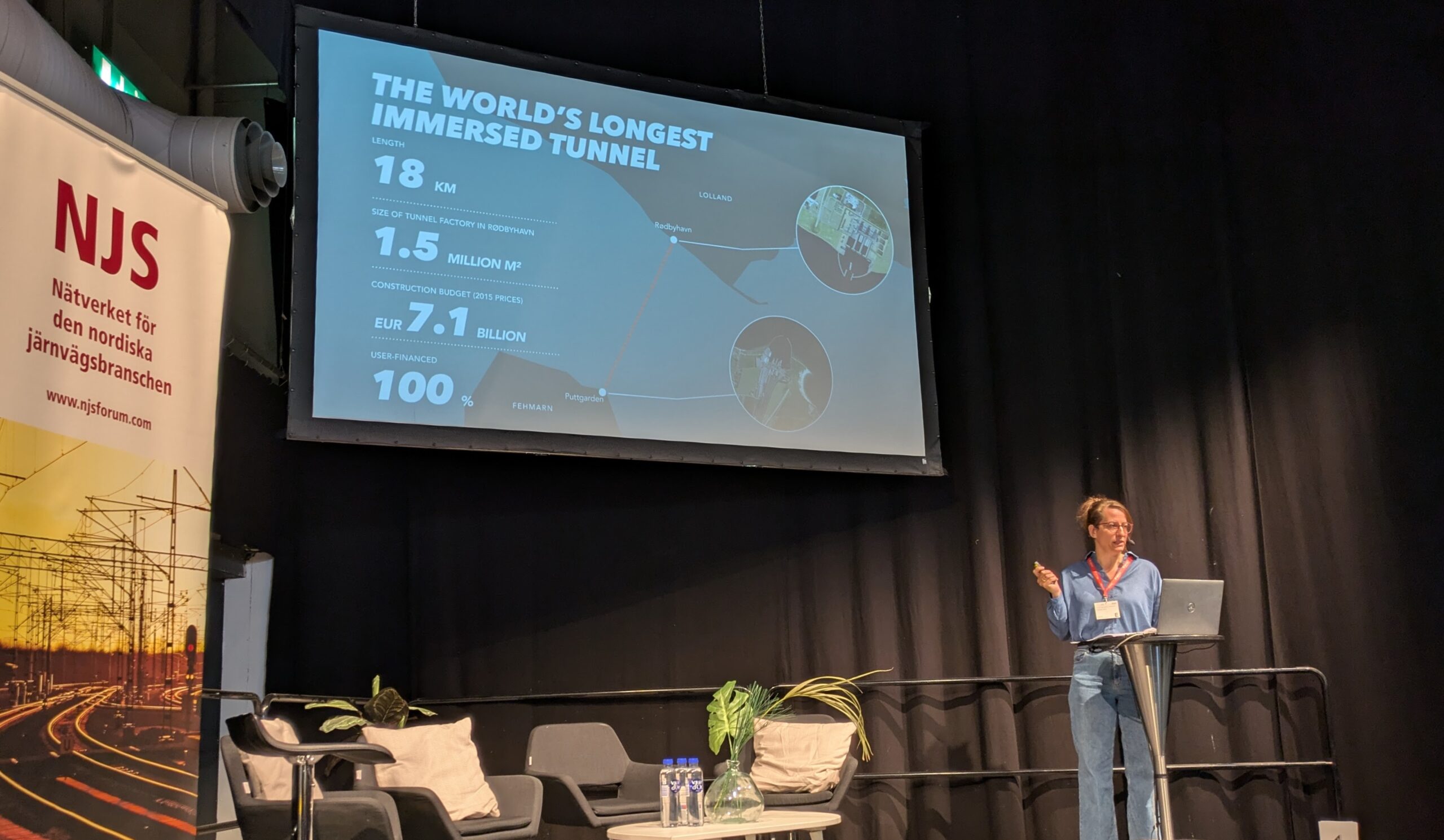
The project is expected to support a broader shift toward rail for both passenger and freight transport, contributing to the EU’s goals for modal shift and carbon reduction. Its construction will arguably close the missing link connecting continental Europe to Scandinavia.
Technical Features and Tunnel Design
Christensen explained that the tunnel is being built using an immersed tunnel method. It will consist of 89 concrete elements, each prefabricated at a dedicated tunnel factory located in Rødbyhavn, Denmark. The factory spans roughly 1.5 million square metres and includes facilities for element casting, storage, and transport.
Each tunnel element incorporates a basement level to house technical equipment and systems. This design supports safe operation and allows for ongoing maintenance access throughout the tunnel’s lifecycle.
Alongside the 18-kilometre tunnel, 4 kilometres of line will be constructed in Denmark, while 2 kilometres will be built at the German end to connect to the existing networks. The track in the tunnel will consist of slab track, but ballast track will be used on land.
The rail infrastructure will use the European standard gauge and include European Rail Traffic Management System (ERTMS) Level 2 signalling. Each tunnel tube will be divided into 11 block sections. A maximum of three trains will be present in each tube, with at least one empty block between them.
A reverse operation function will also be installed to enable trains can safely and efficiently exit the tunnel in case of an incident, supporting its emergency protocols. The evacuation system is designed to enable trains to be safely evacuated and for all passengers to exit from the tunnel within 20 minutes.
In terms of electrification, the trains will be designed to seamlessly transition between the 25 kv system in Denmark and the 15 kv network in Germany, thanks to ongoing cross-border collaboration.
Project Structure and Progress
Christensen noted that the project is structured around several main contracts, awarded to different contractors for tasks such as dredging, portal construction, tunnel immersion, electrical works, and rail system installation. For example, Ilignio is responsible for delivering power supply systems, while Alstom is handling signalling technology.
According to Christensen, construction is progressing steadily. Several tunnel elements have already been completed, and preparations for immersion are ongoing. The segmented contract model is intended to improve efficiency and manage complexity across different phases of the project.
Financing and Cooperation
The Fehmarnbelt Fixed Link has a 7.1 billion EUR construction budget. It is financed through state-guaranteed loans, which will be repaid by future user fees. Christensen stated that with current interest rates, the total is expected to be repaid within 28 years.
The European Union is also supporting the project through funding mechanisms linked to the Trans-European Transport Network (TEN-T). A total of 1.1 billion EUR is being provided by the EU.
Cross-border cooperation has been central to the project’s planning and delivery. Femern A/S is working closely with Deutsche Bahn and Banedanmark to coordinate rail systems, ensure technical compatibility, and align operational procedures. This collaboration is designed to minimise disruption and support seamless travel across national borders.
Christensen emphasised that the Fehmarnbelt Fixed Link represents a long-term investment in European infrastructure. The project is expected to play a key role in supporting sustainable transport by enabling more efficient rail connections between Denmark, Germany, and beyond. Continued coordination among stakeholders remains a priority as the tunnel moves towards its operational phase, which is expected as early as mid-2029.

